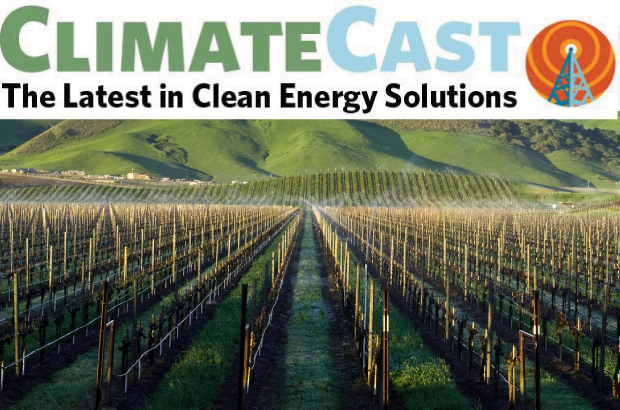Washington and Oregon both wrapped their short legislative sessions earlier this month. Notably this week WA Governor Inslee, nearing the end of his third and final term, signed a number of bills into law including key climate policies that will set Washington on a path to have 100% clean school buses and early steps to link Washington’s landmark cap-and-invest program with other jurisdictions like California and Quebec.
The Earth is a hot (inside) and full of clean energy
The transition to clean energy brings to mind a number of solutions including renewable energy like wind and solar, electric vehicles, and increasingly technology like heat pumps and induction cooking and charging. While geothermal is often lesser known, it’s been heating up (literally) recently with a boost from the Biden administration, interest from Big Tech, projects coming online in states like Texas and Massachusetts, and even early exploratory policy efforts in Washington State.
This month the U.S. Energy Secretary Jennifer Granholm announced a new report to promote the “next-generation of geothermal power” and that the federal government will allow companies to convert permits for oil or gas exploration into geothermal licenses—reducing paperwork and delays to move away from fossil fuels. Geothermal currently generates only a fraction of electricity needed in the U.S., but the Department of Energy estimates geothermal could overtake hydro and solar power by 2050. Both the U.S. government and private industry have started spending hundreds of millions of dollars to develop technologies that make it easier and cheaper to access the earth’s heat nationwide.
Washington’s legislature passed a bill this year that will help add geothermal to the state’s utilities energy mix by establishing thermal energy networks (TENS or networked geothermal). These systems, like this one being piloted in Massachusetts, can reduce demand on the grid, aid in the gas utility transition, and harness the heat energy of the Earth.
AI: will it help address or worsen the climate crisis?
Anyone using a phone, computer or cloud storage for “the memories that keep piling” relies on a data center. As data centers grow and expand, so do their energy needs. In Oregon and Washington data center energy needs are projected to grow by two and half times in the next 15 years. That’s another enormous strain on the electricity grid, and another use that will need to be served by renewables in order for states to transition to clean power.
Rapidly growing data storage needs—along with cryptocurrency—were already stoking energy demands. Now, including at a recent top energy executive gathering, “the dominant theme . . .was a new one: artificial intelligence.”
The AI surge is from North American companies - a trend experts “didn’t expect two years ago.” And it means there is even more strain on the aging grid across the U.S., using up a lot more water, and leading to fossil fuel proponents pushing for more burning of gas (and even coal) to bridge the gap for energy generation.
Big tech companies are taking steps. For example, Amazon recently started buying clean power for Oregon data centers, a needed step in transitioning off their fossil fuel-powered energy—which are currently driving up local utilities' emissions in a state with a growing data demand. Google is testing software to address its data centers running on dirty energy, where AI software seeks out extra clean electrons on the grid in a given hour or day to match increased data center demand. Rising energy demand from tech’s biggest companies may also play a part with Amazon, Google, and Microsoft investing millions to find new sources of renewable or carbon-free energy to meet emissions reductions goals, though notably still relying on other sources including nuclear power.
Accelerating AI energy demands presses the question if AI itself can be a new tool for ensuring companies keep their climate commitments and adhere to clean energy and climate pollution reduction laws given their rapid growth.
Tasting notes of “climate change”
A new report warns that over 70% of the world’s wine growing regions are at substantial risk if global temperatures rise over 2 degrees Celsius. According to the Nature study, warming temperatures may impact mid-latitude regions where the majority of grapes grow and they may no longer be able to grow. Add a multiplier of heat waves and excessive droughts? Wine production starts to look very unsustainable as grapes are very weather-sensitive crops. For most vineyards around the globe, the impacts of climate change are already here with winemakers adapting to dwindling water, earlier harvests, or even smaller, sweeter grapes. The Northwest is home to winemaking but now also climate impacts like wildfire smoke and extreme heat. Both Oregon and Washington have ongoing research programs to study the effects of climate change and provide tools for mitigation and adaptation.




